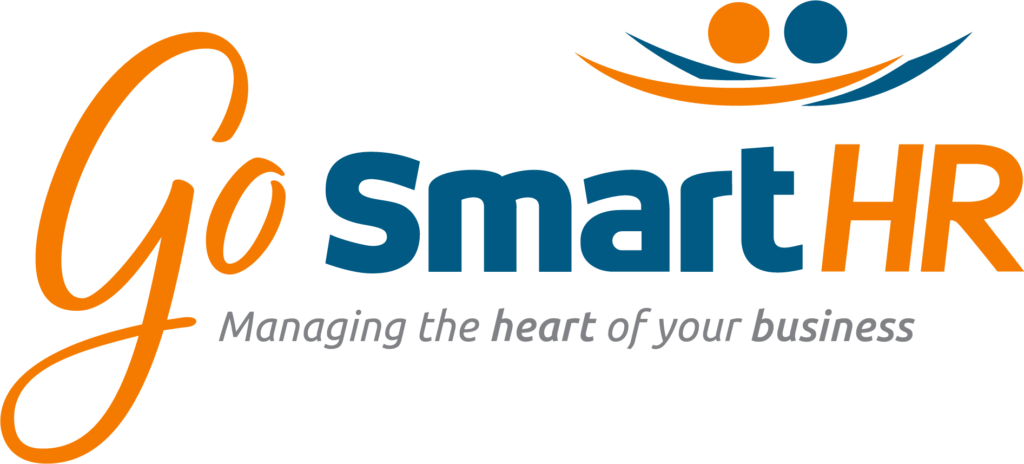The whole is greater than the sum of its parts comes to mind when thinking about the institutional knowledge within an organization.
All organizations must document their historical knowledge and make it available to all employees. It’s even more critical that organizations continually grow that knowledge and, in part, do so through their best resource – their employees. Of course, there will be documented knowledge that is highly unique to the organization and typically has come from business unit heads, functional leads, and the executive teams – policies, process, methods, guidelines, mission, values, positioning, corporate “decks,” and the like.
But the content often gets meaningful when an organization looks to its boots on the ground for input: The front-line employees and managers working through new challenges and requirements and solving problems daily. Those in your organization who are customer-facing hold fresh in their mind information about current experiences that even the C-suite might be surprised to learn. Long-tenured employees can offer the most effective shortcuts and often have undocumented “cheat sheets” that help them get their job done faster and more efficiently. The unknown subject matter expert (all companies have them) can shed light on market, vertical, technology, and strategy topics that have never been considered previously.
While institutional knowledge accumulates over the years, looking to your people accelerates, advances, and broadens the company’s internal knowledge scope. The key seems to be:
- Identifying those people – gurus
- Giving all employees opportunities to weigh in
- Creating spaces that make it easy to share
- Document, document, document
- Store but ensure the nuggets of gold are simple to retrieve
It is a competitive advantage!
- Employees, in their daily experience over time, create expertise. When carefully or even casually observing what works (methods, process, positioning, etc.) and capturing those in a documented way and sharing them throughout the organization, that knowledge speeds the actions taken by your workforce.
- Institutional knowledge gathered from employee experiences can inform those muscles needed to facilitate innovation, flexibility, and adaptability. Employees are often asked to be more innovative. Sometimes it’s a request from the executive team, shareholders, or customers. Being innovative and having the capacity to adapt is undoubtedly a necessary skill in today’s hyper-competitive market. We’ve seen this play out in many ways, and you can probably recall asking a co-worker, “How did you get that done?” When an organization shares the thinking and logic of high performers, others can glean innovative insight and reflect on how they might apply this to their circumstances.
- The culture of an organization can be shaped in part by institutional knowledge. The mission, beliefs, values, and behaviors area are illuminated within that collective knowledge and captured. This helps better demonstrate an expressive culture allowing the organization to attract and retain top talent, setting a positive reputation that can outshine your competitors.
“Institutional knowledge is critical to the success of any organization, especially in today’s rapidly changing business environment. By preserving and sharing our institutional knowledge, we are able to anticipate and adapt to new challenges and opportunities. It’s what allows us to stay ahead of the curve and remain competitive in the marketplace.”
- Institutional knowledge encompasses company background & history, client successes (and struggles), inspirational stories, use cases, partnership & relationship information, and more. New employees having access to this and understanding this background can accelerate their tasks and improve customer conversations.
There are numerous ways to witness your company’s collective knowledge; of course, the trick is to capture it so it becomes reusable. As we read on websites and in annual reports, your people are your greatest asset. The most inspiring display of collective knowledge I’ve seen is attending monthly sales meetings and quarterly business reviews with larger sales teams. Your sellers are constantly scanning the competitive landscape and gathering tidbits of information from their prospects and customers. I’ve participated in many of these meetings, and without fail, someone will talk about a scenario working with a prospect who is already working with competitor XYZ on a solution. The team is then asked if anyone has ever heard of this competitor. Sure enough, there’s someone who has and can explain the competitor’s offering, strengths, and weaknesses. When documenting stories like this, those details could make their way to the product group, which then researches the competitor’s information and passes it along to the enablement group or marketing, where a competition battle card is created and added to the knowledge repository for all to access.
Capturing is difficult
Most organizations do recognize the value of institutional knowledge. Yet, unfortunately, the resulting captured and distributed knowledge is often limited to standard operating procedures, corporate presentations, guidelines, template language documents, and the like. However, to find the Good Stuff, organizations need to dig deeper with their employees and give them the space to express experiences and talk about what they know that comes from current and past experiences and personal interests.
Hearing new knowledge from employees might have become more challenging in hybrid work environments. Also, not all employees are the sharing type, and others might be thinking – everyone already knows that, so what’s to share?
In addition to the usual methods of capturing institutional knowledge, there are a few other ways to tap into your employees’ expertise, including:
- Host 1:1 short meetings with a focused “what do you hear” agenda to tease their knowledge and experiences.
- Encourage Deals Won or Problem Solved write-ups created by the individual, team, or department involved. Consider this a short narrative explaining how it happened, what they did, who was involved, and key takeaways.
- Conduct surveys with employees and stakeholders to collect insights and perspectives on the organization’s uniqueness from their viewpoint.
- Use coaching or mentoring programs to pass on institutional knowledge from experienced employees to new hires, providing an opportunity to capture knowledge from the mentee.
- Run workshop sessions designed specifically to teach through sharing and collaborative projects.
- Consider a cross-training session with different functional departments.
- Set up collaborative digital channels with Slack or Teams for the sole purpose of sharing.
“Institutional knowledge is the backbone of our culture at Salesforce. We believe that our employees are our greatest asset, and that their collective knowledge and expertise is what sets us apart from competitors. By fostering a culture of learning and development, we’re able to capture and leverage institutional knowledge to drive innovation and growth.“
GoSmartHR’s HCM platform includes a sophisticated Talent Management component helping organizations get a granular view into their organization skills.
We can help uncover the in-house knowledge you might not be aware of…
A concerted effort is required to grow your institutional knowledge. An important point to remember is that some knowledge is difficult to identify and capture, such as tacit and implicit knowledge, which can be elusive – often, great knowledge is stumbled upon when you’re not even looking for it. By leveraging some of these methods and your own creative ideas, organizations can grow institutional knowledge beyond the current foundation that is then leveraged to drive innovation, enhance efficiency, and achieve strategic goals faster. Remember, especially when looking to employees to grow your institutional knowledge, it is essential to create an inclusive, non-judgmental culture where all employees feel valued and respected for their contributions. With this, it will help to overcome barriers for those who are more introverted and shy.
Customer story: While working with a customer on an L & D initiative (tech firm with a successful Matter Management product used in the legal vertical), I chatted with our customer service team on a completely unrelated internal cross-training initiative. At the time, this CS team was located overseas, and as I got to know this one CS rep, I learned he had a law degree. Because I found this interesting (thinking of my customer) and unusual simultaneously, I probed more and discovered several people on the CS team had law degrees. Well, one thing led to another, and utilizing our CS team’s legal backgrounds and skillset allowed us to quadruple our business with the tech firm customer. Of course, the point here is the cross-training illuminated the skills held by a department I would have never interacted with otherwise. Today, This customer service team is its own successful business unit serving the legal vertical.
Newfound Knowledge
Once you’ve uncovered high-value new contributors to your institutional knowledge base and captured and documented knowledge, you must store it and make it available. The more common ways to store institutional knowledge within an organization include the following:
- Knowledge Management System
- Internal Wiki
- Knowledge base portals
- Learning management systems
- Yammer groups
- Video Content Management System
- File sharing systems – Onedrive, Google Drive, Dropbox, etc.
Regardless of the system selected, the more crucial aspects are:
- Consistently communicating to your employees how & where to see the information.
- Creating automated notifications when something new has been added.
- Enabling functionality that allows employees to “like” and share content.
GoSmartHR’s platform includes a Learning Management System component allowing you to structure and distribute any knowledge to employees. Their interactions with your knowledge content and associated assessments are tracked back to their profile within our core HR component.
Click the button below to learn more:


